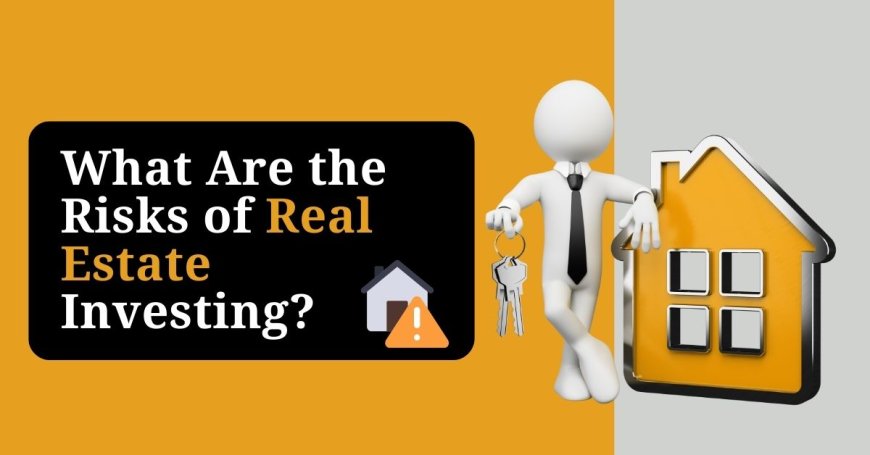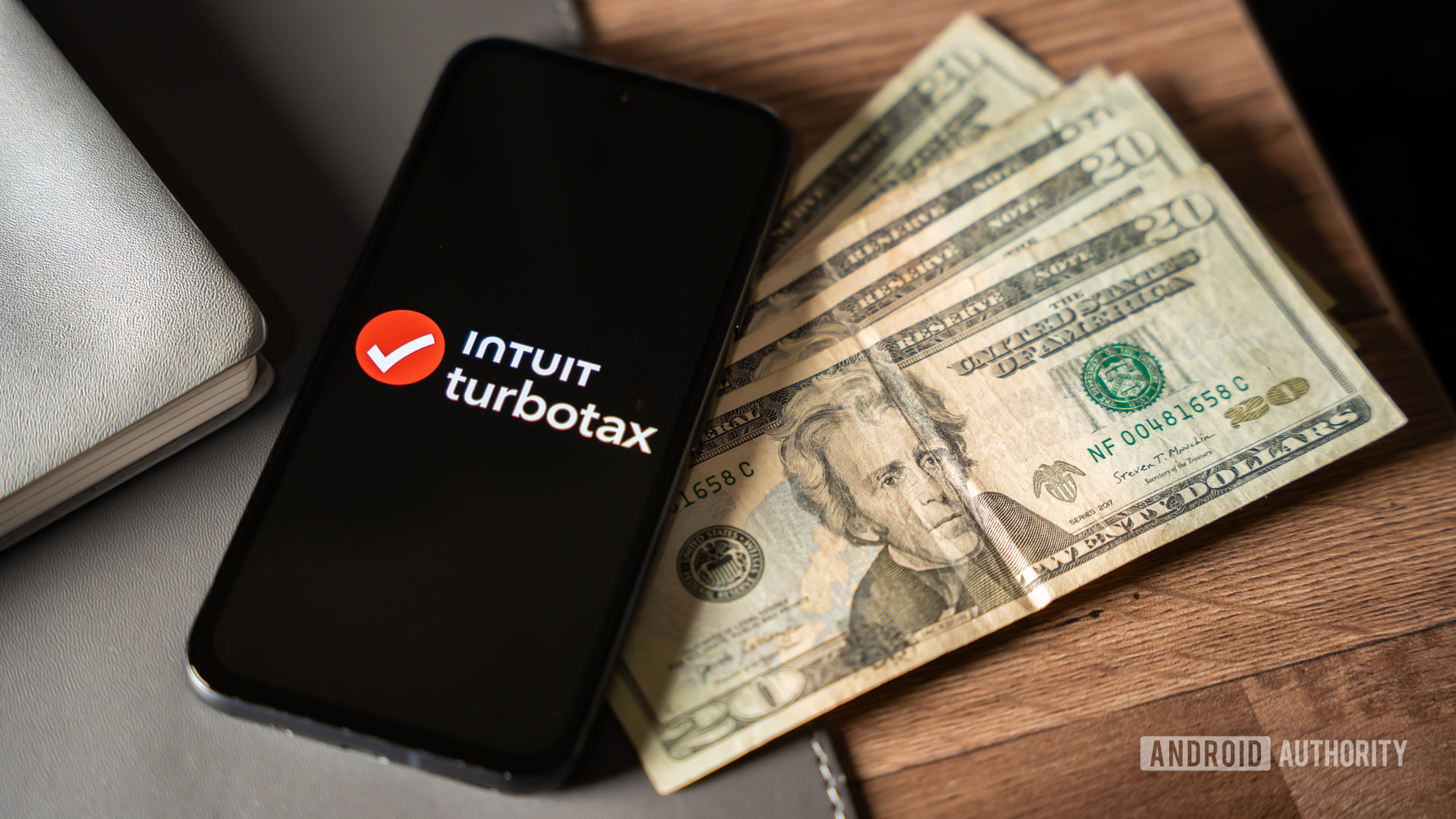What Are the Risks of Real Estate Investing?
Discover the hidden risks of real estate investing, from market volatility to property management challenges, and learn how to avoid them for profitable ventures.

According to Roger Robles Florida, investment includes risks and rewards, and the bigger the risk, the greater the possibility for significant gains and losses from the equity invested. Of course, we know that it’s necessary to take greater investment risk to get better returns. But what amount is appropriate? And how can you measure investment risk in real estate to discern if it’s a gamble you want to take? To understand this properly, we have outlined some of the risks that investors face.
1. Market Risk
Investing in the stock market or real estate can be a bit like riding a roller coaster, says Roger Robles Florida. Sometimes, prices go up, and sometimes they go down. This happens because of how the economy is doing, changes in interest rates, or other big trends in the market. You can't always predict these changes, but you can prepare for them.
One way to prepare is to have a diverse portfolio. That means spreading your money out into different types of investments, like stocks, bonds, or real estate. If one part of the market goes down, hopefully the other parts will balance it out. The Financial Industry Regulatory Authority (FINRA) says, "What you don't know can hurt you." That's why it's essential to keep an eye on what's happening in the market and be prepared to make changes if necessary.
2. Asset-Level Risk
When you invest your money, you're taking a risk. But not all investments are the same. Some are riskier than others. For example, if you invest in apartments, there's usually a pretty steady demand for them. People need a place to live, even when the economy isn't doing well. So, apartments are considered low-risk investments.
But if you invest in something like a hotel, there's more risk. Hotels depend on things like business trips and vacations, which can change a lot based on what's happening in the world. Understanding these risks can help you make smart choices about where to put your money.
3. Idiosyncratic Risk
Each investment has its own set of risks. For example, if you're building something new, like a shopping mall, there are risks like construction delays and unexpected costs. Even where a property is located can be a risk. If it's near something popular, like a sports stadium, changes to that stadium could affect the property's value. These unique risks are called idiosyncratic risks. By understanding them, investors can make better decisions about which investments to choose.
4. Liquidity Risk
Compared to other investments, some are simpler to buy and sell. In big cities with lots of people, like New York or Los Angeles, it's usually pretty easy to find someone who wants to buy a property. But in smaller towns, it might be harder to find a buyer. This is called liquidity risk. It's important to think about this before investing because it affects how quickly you can get your money back if you need it.
5. Credit Risk
When you invest in something like a rental property, you're counting on getting regular payments from tenants. But what if a tenant goes out of business and can't pay their rent anymore?
That's where credit risk comes in. It's about how stable the income from an investment is. For example, a property leased to a big, stable company like Apple is less risky than one with lots of small tenants. Even big companies can go bankrupt, though, so it's important to be aware of this risk.
6. Replacement Cost Risk
As rent prices go up, developers might decide to build new properties. This could mean more competition for existing properties, which could lower their value. It is important for investors to consider if a newer, better investment could take their place. This is called replacement cost risk.
7. Structural Risk
When you invest in something, like a real estate project, there's a lot of financial stuff happening behind the scenes. For example, some types of loans give lenders more rights than others. This can affect how much risk you're taking on. Rogelio Robles suggests that investors need to understand how their investment is set up financially and how much risk they're taking compared to others involved.
8. Leverage Risk
Sometimes, investors borrow money to invest because it can help them make more money. But borrowing money also means taking on more risk. If things don't go well, you could end up losing a lot of money quickly. It's important not to borrow too much money and to make sure the returns justify the risk. This is called leverage risk.
Wrapping Up
In real estate investing, it's a game of balancing acts. You want to take risks to make gains, but not so many that you lose big. By spreading your investments smartly, checking out properties carefully, and keeping an eye on what's happening in the market, you can handle things like prices going up and down or finding buyers when you need them. Remember, it's about finding the sweet spot between taking chances and staying steady. Keep your risks manageable, and you'll be on track to reach your financial goals in the real estate world.
What's Your Reaction?
 Like
0
Like
0
 Dislike
0
Dislike
0
 Love
0
Love
0
 Funny
0
Funny
0
 Angry
0
Angry
0
 Sad
0
Sad
0
 Wow
0
Wow
0












































